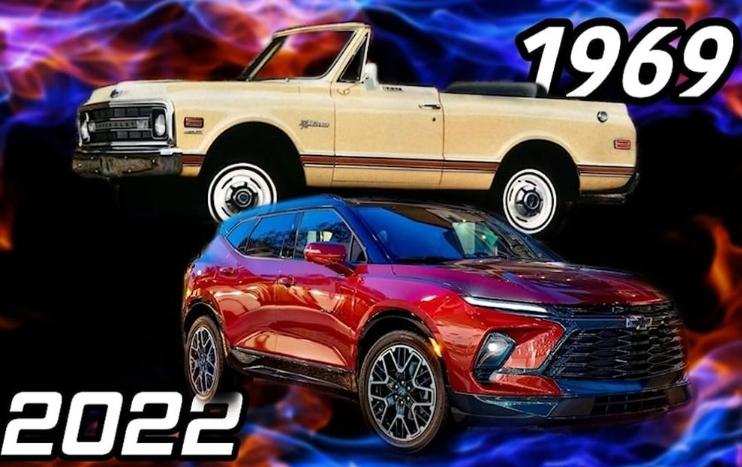
It has gone from a classic soft-top SUV to a 557-horsepower electric crossover
Not so long ago, the presentation of a completely new electric Chevrolet Blazer took place. It appeared in the form of a modern high-tech crossover, in which there is no hint of the historical continuity and genealogy of a full-size SUV. Many Blazer enthusiasts berate Chevrolet for not creating something retrospective like the Ford Bronco but turning an off-road icon into an urban crossover, but since its introduction in 1969, the Blazer has gone through quite a few drastic transformations. This brings us back to its history, which begins in the late 1960s with a fairly simple shortened version of a Chevrolet full-size pickup…
1969-1972. First generation
The International Harvester Scout debuted as an off-road vehicle in 1961, and in 1965 the first generation of the Ford Bronco appeared. Chevrolet did not panic, did not get nervous, and did not try to fussily respond to competitors. The company’s engineers studied the cars for a long time and realized that they were actually quite simple, and that their trucks on the K10 platform could be shortened to create an SUV platform. As a result, the Chevrolet K5 Blazer was longer (457cm vs. 383cm for the Ford Bronco) and wider (200cm vs. 174cm for the Bronco) than its competitors, which wasn’t exactly ideal, but made it more practical for anyone who wanted to buy an SUV. However, the term “SUV” did not exist then, so the first Blazer was advertised as “a combination of a passenger sedan and a pickup truck.”
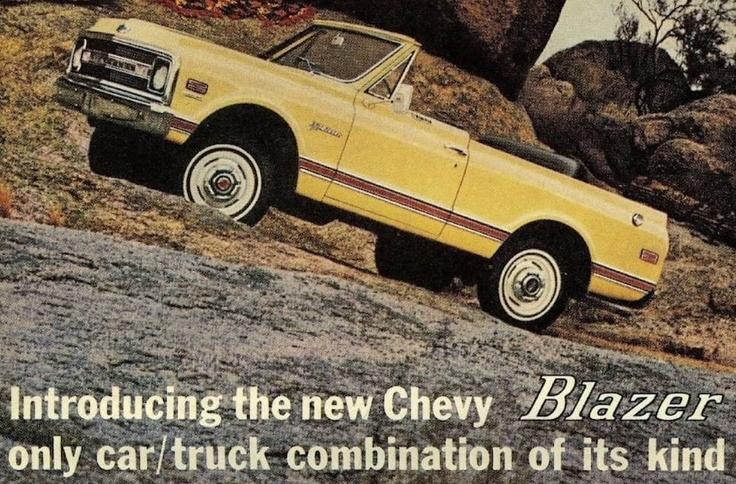
Since the Blazer was based on a ladder-frame pickup truck, it had an open-top body, allowing for a variety of configurations. The first generation had four engine options: two inline six-cylinders and two V8s, the largest of which was 5.7 liters. The base transmission was a three-speed manual, although buyers could choose a four-speed fully synchronized manual or three-speed automatic. In its first year, Chevrolet sold almost five thousand Blazers and gradually began to overtake its competitors.
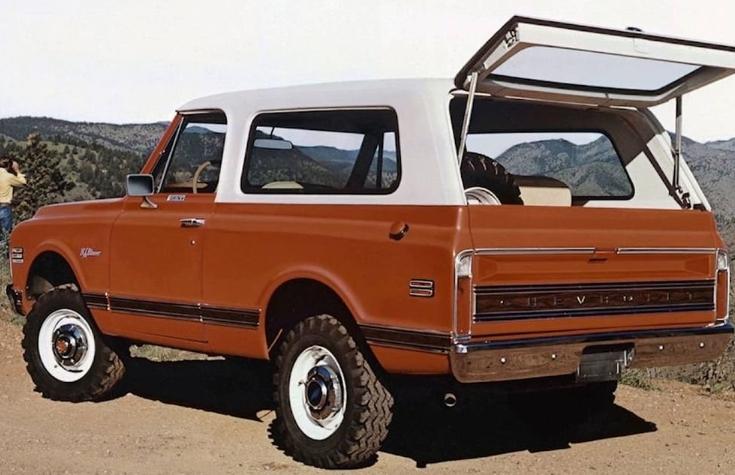
1973. Second generation
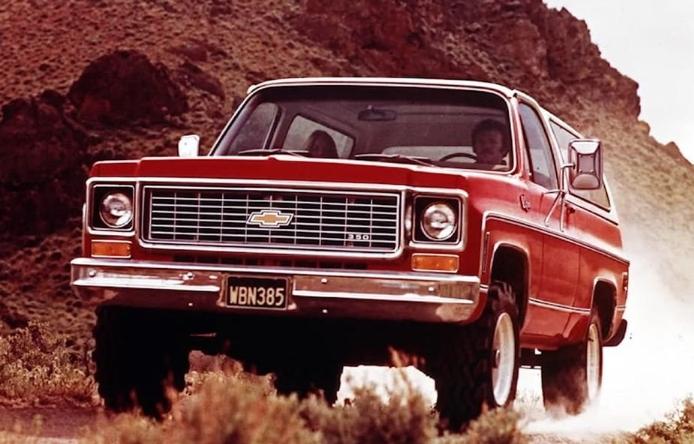
The first Blazer lasted only four years and was replaced by a second generation, based on the K5, which was produced for almost twenty years. The upgrade was extensive, although the first generation engines were successfully carried over to the second generation, with little power added. Options included a 6.6-liter V8 petrol and a 6.2-liter V8 diesel. A four-speed manual transmission became standard, while two three-speed and two four-speed automatic transmissions are optional. The drive could be rear or all-wheel drive (by the way, 4×4 models significantly outsold mono-drive models). Despite the fact that the second generation Blazer was not the most enchanting car, it sold well until the end of its existence, and even went outside of America (Japan and the UK) in the right-hand drive version.
1983-1994. Chevrolet S-10 Blazer
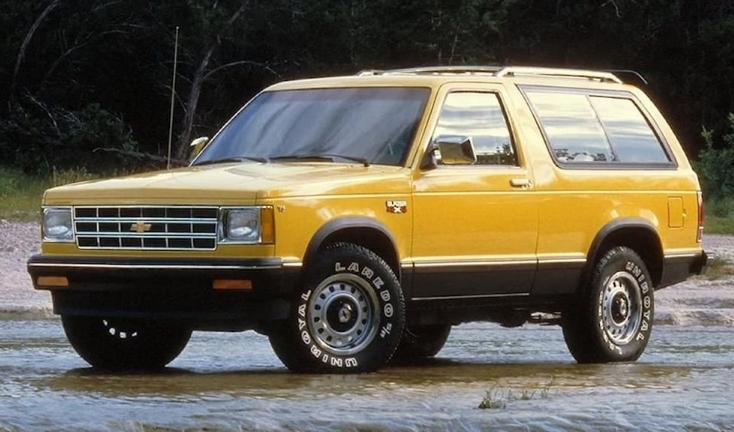
While the second generation K5 was on the assembly line, Chevrolet released its little brother, the Chevrolet S-10 Blazer, as a two-door model. The S-10 Blazer did not have a removable hardtop and was 37 cm shorter and 38 cm narrower than the K5. In 1991, four-door versions with a 16.5 cm longer wagon body were added, and to confuse historians, all-wheel drive SUVs produced during the period 1984-1988 were called the T-10 Blazer, and the GMC version was called the T-15 Jimmy. The power of the base model was provided by an 83-horsepower four-cylinder engine, and the most powerful were V6s. A little later, the S10 Blazer introduced additional Tahoe and Sport trim levels.
1991-1994. Third generation
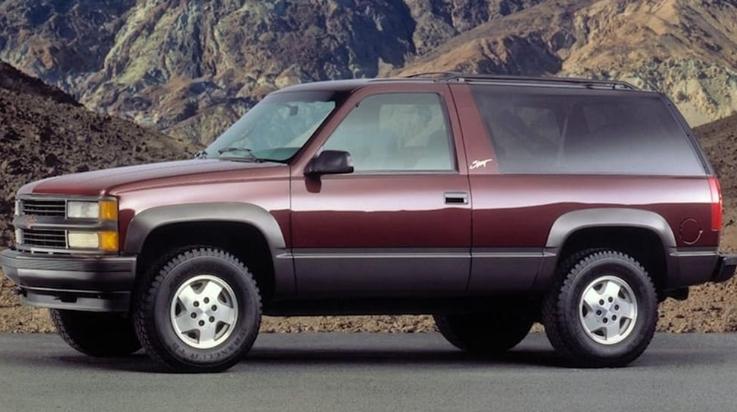
With the advent of the third generation, GM has moved all of its large SUVs to the GMT400 platform. As a result, Blazer became more comfortable and the longest to date – 477 cm. The main engine was a 5.7-liter V8 petrol, with a four-speed automatic or five-speed manual transmission. A 6.2-litre V8 diesel was an option and could only be purchased with a four-speed automatic transmission. This generation didn’t last long because Chevrolet re-released the SUV in 1995 as the Tahoe, adding a longer wheelbase and a four-door wagon version. At the same time, the S-10 Blazer was renamed simply Blazer.
1995-2005. Fourth generation (and second generation S10)
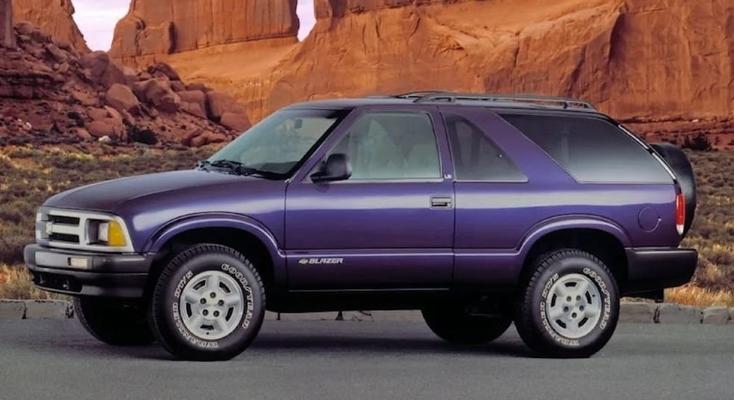
So, the S10 Blazer became just Blazer, but continued to use the pickup truck platform it was once named after. The design has become more elegant and aerodynamic, but, fortunately, has not gone too far from its predecessor in terms of functionality. The wheelbase remained the same, as did the two- and four-door versions with different engine and transmission options. 1997 was an important period of model renewal: the hatchback body became available on four-door split-tailgate models, and the ZR2 trim level appeared on SUVs (albeit only on the two-door model with all-wheel drive). In 2001, Chevrolet introduced the sporty Blazer Xtreme, which featured a lowered suspension, unique wheels and body kit.
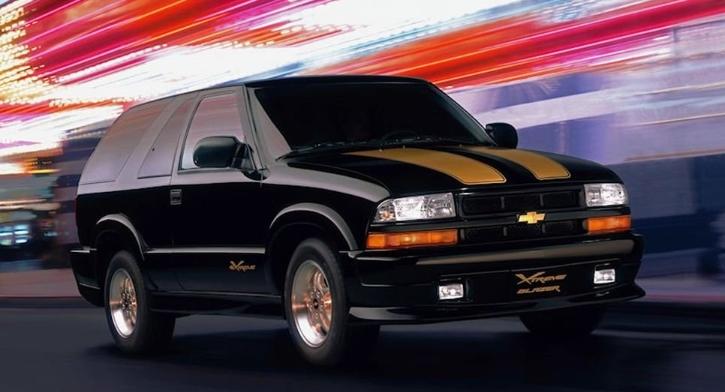
The Blazer was discontinued in 2005 and only two-door models remained available to the general public. Replacements were the front-wheel-drive Chevrolet Equinox for people who needed an everyday car, and the big TrailBlazer for those who wanted a traditional SUV. The Trailblazer was originally one of the Blazer trims, but since 2001 Chevrolet has turned it into a complete model.
2019 – present. Return as a crossover
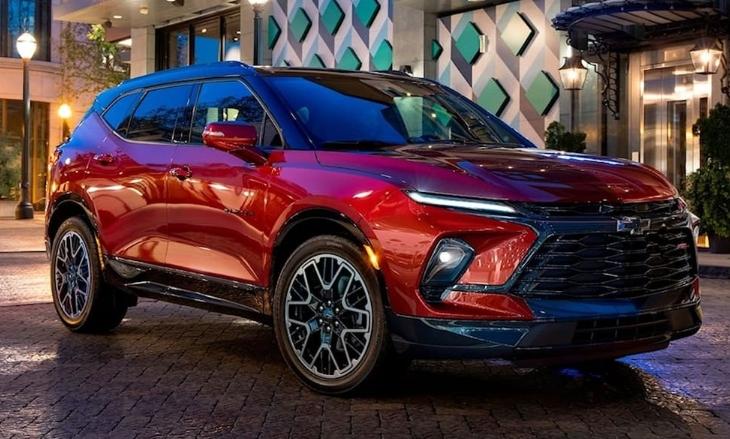
It would be wrong to call the Blazer crossover the next generation, since this is a completely new car, far from its roots. In 2018, for the 2019 model year, Chevrolet brought back the historic name to fill the vacant midsize crossover niche. Adherents of the brand were outraged because this “Blazer” had nothing to do with the classic versions: front-wheel drive, with a monocoque body, and even among the options there is no V8, not to mention a manual transmission. Its nine-speed automatic transmission is taken from the Malibu sedan, and its most powerful engine is a 308-horsepower V6. However, the new Blazer and its modern design sold well, with nearly 95,000 units sold in 2020. But at the moment, Chevrolet has nothing like the Ford Bronco.
2022 Chevrolet Blazer EV introduced
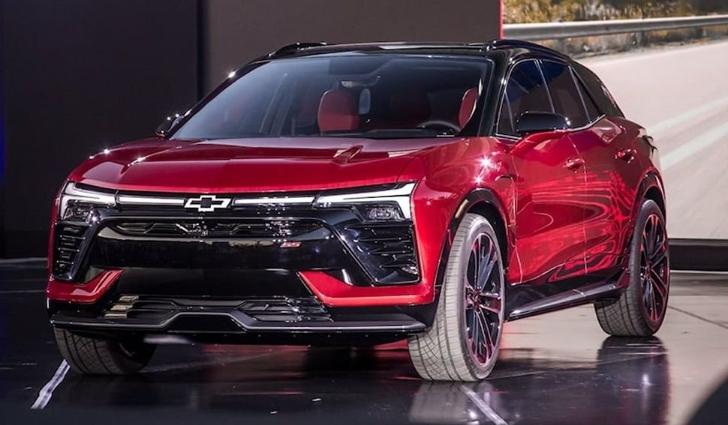
Chevrolet showed off the upcoming Blazer EV in 2022 in Los Angeles and it looks amazing. This is another crossover aimed at conquering the growing market of connected devices. It looks very elegant and Chevy says that thanks to the use of the Ultium platform, its range on a full charge will exceed 500 kilometers. Will lead the Blazer SS lineup with a capacity of 557 hp. With. Unusually, it will be available with front, rear, or all-wheel drive. Chevrolet also announced that a police car (PPV) will be based on the Blazer SS, which could prevent the Mustang Mach-E from earning its money, despite the fact that it has already been accepted into service in most states.
- Share:
